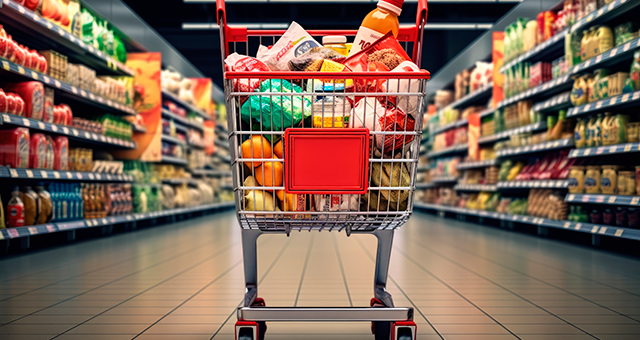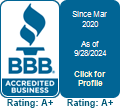
How Rising Grocery Prices Are Driving Up Household Debt-And What You Can Do
Your grocery bill is not just high—it is alarming. What used to cost $100 might now cost $140, and if you have noticed yourself swiping your credit card more often to cover essentials, you are not alone. Grocery inflation is quietly dragging many households into debt, and while we cannot stop prices from rising, we can change how we manage it.
The Real Impact of Grocery Inflation on Families
Grocery inflation is no longer a temporary issue. It has become a serious budget-breaking concern for millions of people. In a recent LendingTree survey, 38% of U.S. adults said they have taken on debt to cover grocery costs. That number is even higher among lower-income families.
Adding to the pressure are global trade tensions. According to a report from The Economic Times, recent tariffs from countries like Canada and Mexico—both major food suppliers to the U.S.—have led to price hikes on essentials such as meat, fruits, vegetables, and grains. These rising import costs are trickling down to everyday grocery bills, making each shopping trip feel heavier on the wallet.
How It’s Fueling Debt Growth
Rising grocery prices are not just making trips to the store more painful—they are pushing people into deeper debt. As grocery bills climb, more people are reaching for their credit cards to get through the week. But those balances add up quickly, especially with high interest rates.
Buy Now, Pay Later (BNPL) services can seem like a helpful short-term fix, but they often lead to hidden fees and big financial trouble down the road. On top of that, higher grocery costs leave less room for savings, making it harder to handle unexpected expenses without borrowing even more.
What You Can Do to Stay Ahead
One of the best ways to fight back against rising grocery costs is to be proactive. A few clever changes can help you stay ahead without adding to your debt.
Start by meal planning each week. Planning your meals around sales and seasonal ingredients can cut costs and reduce food waste. It keeps your grocery trips focused and prevents those last-minute, expensive purchases.
Bulk buying can also help save money, especially on non-perishable staples like rice, beans, pasta, and frozen vegetables. Ensure you buy items you will use so nothing goes to waste.
Another great tip is to use cashback apps and rewards programs whenever possible. Apps like Ibotta, Rakuten, and store loyalty programs can put a few dollars back in your pocket with every trip. Over time, these small savings add up.
Switching to store brands is another easy win. Store-brand products are often just as good as name brands but cost 20–30% less. Over a year, those savings could equal hundreds of dollars.
Setting a weekly grocery budget can help you stay in control. Try treating it like a game—can you beat your spending goal by $10 or $20 this week? Small wins like this can make budgeting feel less stressful and more empowering.
Finally, track your grocery spending in real time using apps like Mint or You Need a Budget (YNAB). When you can see exactly where your money is going, it is easier to spot opportunities to save and adjust your habits before debt creeps in.
Wrap-Up
It’s not about cutting corners—it’s about getting creative. In a time when prices are rising faster than paychecks, staying ahead financially means being intentional with every dollar. Tackling grocery inflation head-on could be one of the smartest financial moves you can take this year.


